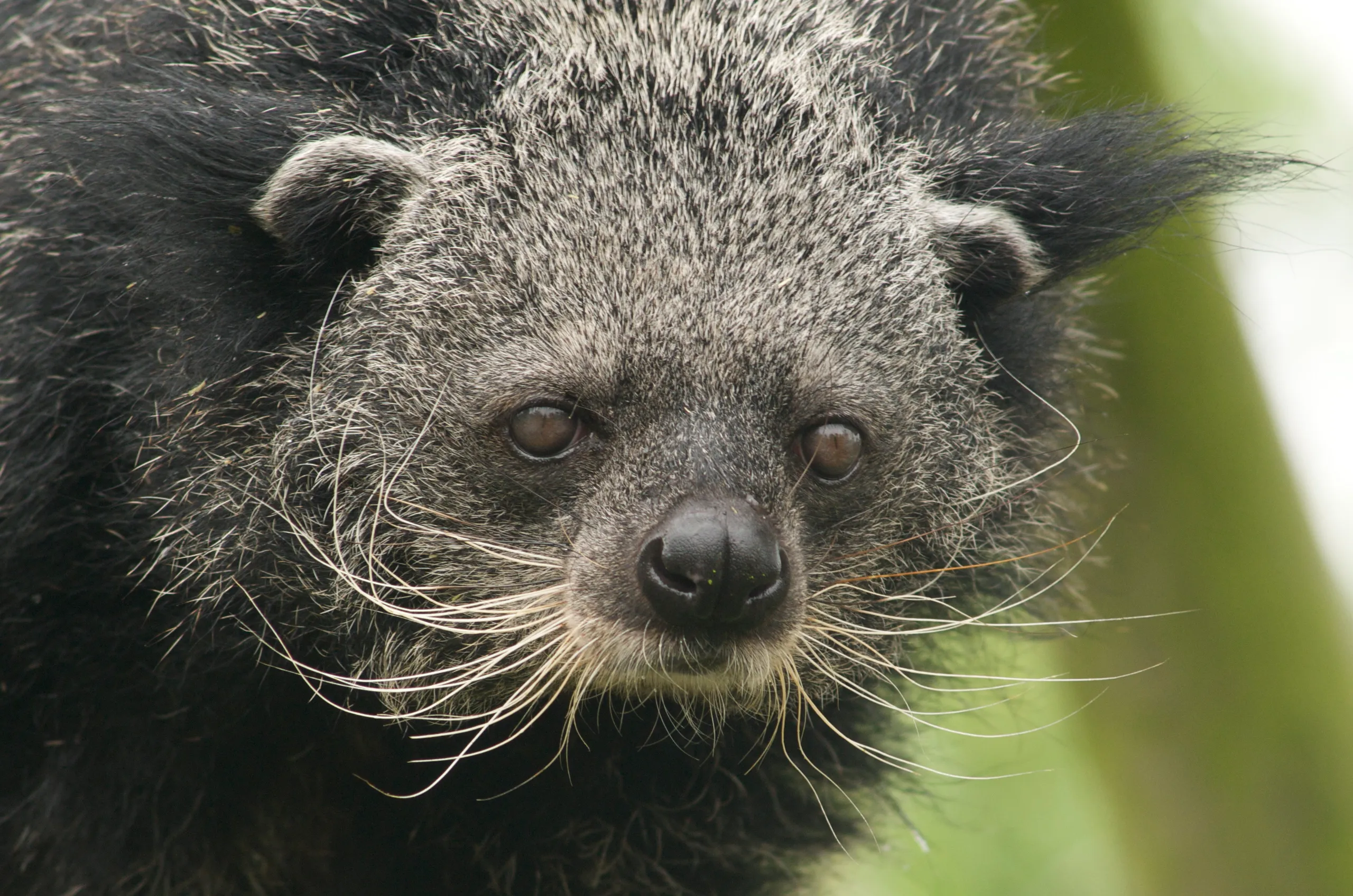By: Ellen Wang
In 1982, paleontologists discovered a 30-million-year-old fossil of a bear in what is now North Dakota. The person who discovered it, Dr. Xiaoming Wang, is a vertebrate paleontologist at the Natural History Museum of Los Angeles County. The creature was described as one that looked like a racoon instead of a bear, and its diet consisted of mostly shellfish and mollusks. However, scientists speculate that it might had just been fruit pits.
Later named the Eoarctos, these mammals had long claws that allowed it to climb trees. This tactic helped it avoid being hunted, despite the fact that most lived on flat ground. They later evolved to have flatter feet, which allowed them to walk farther on land. The family of mammals the Eoarctos are related to, the arctoids were believed to have originated from Europe. “Making a strong case that, in fact, these groups originated in North America,” said Blaire Van Valkenburgh, a vertebrate paleontologist at the University of California, Los Angeles.
Eoarctos also showed signs of being one of the first mammals to crush hard objects, such as shells and bones-with their teeth. A dental exam run on the fossil showed damage to the right back teeth, which had been broken and crushed. And while the right side was healing, the Eoarctos resorted to using the left side for crushing mollusks again. These teeth showed signs of infection during it was healing, and was probably very hard for the Eoarctos to bear.
What it ate might have led to its demise. From Dr. Wang’s analysis, the specific Eoarctos had died young due to a blood infection from his injuries. The wound would have been unbearably painful, and it might have lasted for weeks, or even months. Despite all this, to quote Dr. Wang: “But for all of his suffering, he certainly made a huge contribution to science.”











